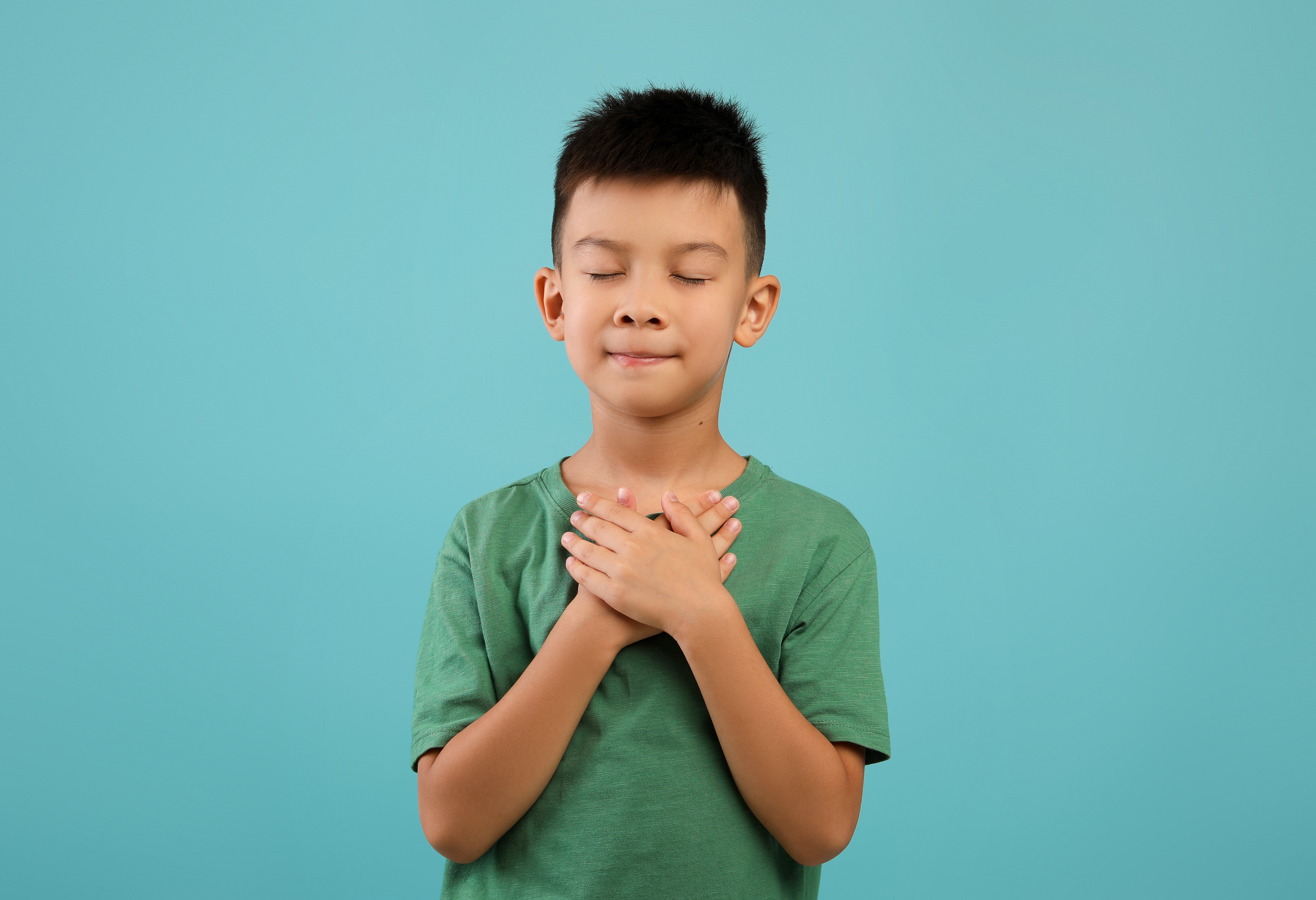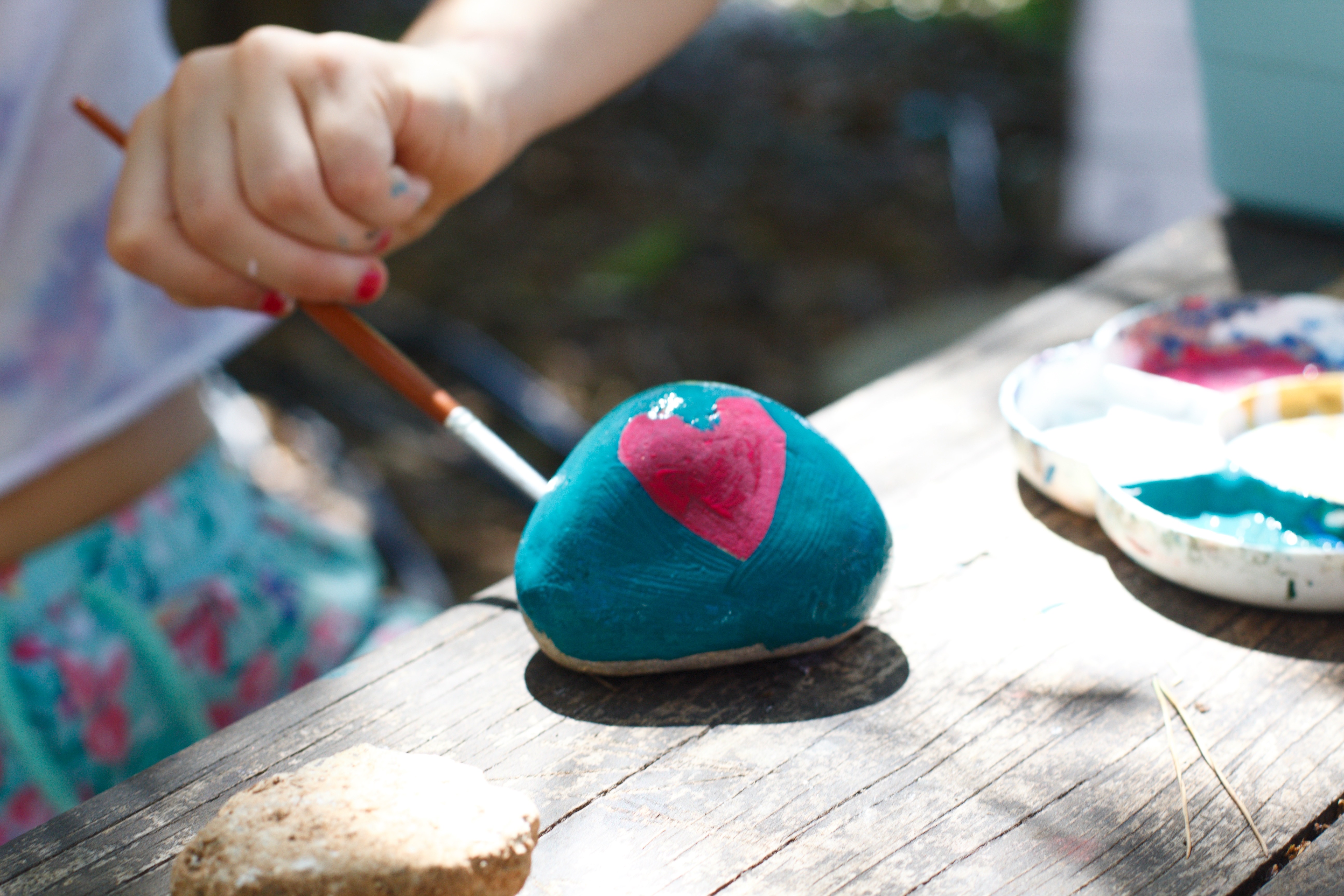Help children build calm and focus with simple mindfulness activities families can enjoy together on World Mental Health Day and beyond.
Each year, World Mental Health Day is celebrated on October 10. It encourages people to take a moment and reflect on how we feel, how we rest, and how we take care of our minds. For families, it’s a good time to think about what helps children feel calm, safe, and emotionally balanced in their everyday routines.
Mindfulness is simply about noticing what we feel, what we hear, what we see, and how our bodies respond. For children, it doesn’t have to look like meditation or silence. It can be movement, art, breathing, or even laughter.
When families practise gentle mindfulness together, it helps children develop focus, empathy, patience, and self-awareness, these are the qualities that build emotional resilience over time.
Here are a few gentle ways to bring mindfulness into everyday moments at home.
1. Start the Day with a “Pause Moment”
Mornings can often feel rushed from breakfast, shoes, to backpacks, and the race to get out the door. Adding a small “pause” before the day begins can make a big difference.
As everyone sits down for breakfast, take one minute to simply breathe together. You might say, “Let’s all take a deep breath before our day starts,” or “Let’s think of one thing we’re looking forward to today.”
This tiny moment helps children centre themselves before the noise of the day begins. It’s simple, yet grounding and over time, it teaches them that calm is something they can create for themselves.
2. Breathing with Imagery
Deep breathing can be tricky for children to understand, so turning it into a visual or playful activity helps. Try the “Flower and Candle” technique, ask children to imagine holding a flower in one hand and a candle in the other.
Take a slow breath in to “smell the flower,” and a slow breath out to “blow out the candle.”
Do this a few times together. It becomes less about the technique and more about the calm moment you share.
Over time, children will begin to use this method naturally when they feel anxious or overwhelmed, because their body remembers how it feels to breathe deeply.
3. Mindful Listening Moments
Children live in a world full of sound, music, screens, and chatter. Teaching them to listen intentionally can be a wonderful way to practice mindfulness.
Invite them to close their eyes and listen carefully. Ask, “What can you hear right now?”
maybe it’s a ticking clock, the hum of the fridge, or a bird outside the window. You can even turn it into a “sound scavenger hunt” like finding quiet, soft, loud, or rhythmic sounds around.
This small activity helps children develop focus and teaches them that being still can also be interesting. It’s a great transition tool before bedtime or after a busy day.
4. Gratitude Through Everyday Actions
Gratitude doesn’t always have to be spoken, it can be shown through small, mindful gestures.
Encourage children to notice kindness: “Who helped you today?” or “What made you smile?”
You can even make a ‘Thankful Jar’ where everyone drops in small notes about something they appreciated that day.
At the end of the week, read them together. It helps shift attention from what went wrong to what went right, a key part of emotional balance.
Gratitude practices also help children see connection, they begin to recognize how their actions affect others and how others contribute to their happiness too.
5. The Calm Corner
Creating a small, cozy “calm corner” at home gives children a space to reset when they need it. It doesn’t have to be big, just a soft chair or a few cushions, and calming items like a glitter jar or a small lamp work perfectly.
Teach children that the calm corner is a place to rest, breathe, and feel safe. You might say, “Would you like to spend a few minutes in your calm spot?” instead of “Go calm down.”
Having a physical space for calm teaches children that self-regulation is part of daily life not something they only do when told to.
6. Mindful Art
Children express emotions through art long before they can express them in words.
Set aside 10-15 minutes for “quiet art time.” It doesn’t need instructions, just crayons, paper, and soft background music.
Encourage them to draw how they feel or something they noticed during the day, the shape of a leaf, a sound they liked, or a memory from the playground.
Mindful art gives emotions a safe outlet and helps children develop patience, focus, and appreciation for simple creative moments.
7. Evening Storytime
Before bedtime, add a small moment of reflection. It could be a story that carries a calm theme, like friendship, kindness, or curiosity or simply a conversation about the day.
Ask gentle questions like:
- “What made you happy today?”
- “What was something new you noticed?”
- “What’s something you hope for tomorrow?”
These small reflections teach emotional awareness and make children learn that feelings come and go, that each day has ups and downs, and that they can handle them all.
8. Mindful Movement Before Bed
Sometimes the best way to calm the mind is through the body.
Before bedtime, dim the lights and try soft stretches together like reaching up high like trees, curling into a tiny ball like a pebble, or swaying gently like tall grass.
It’s a peaceful way to end the day and signals to the body that it’s time to rest. Movement-based mindfulness is especially helpful for children who struggle to sit still, it channels energy in a soothing way.
Final Thoughts
Mindfulness doesn’t have to look serious or structured. It can be woven quietly into family life, in laughter, in play, or in the quiet moments before bed.
Children learn mindfulness because they see it in action, in the way we slow down, breathe, and respond to them with patience. On World Mental Health Day, it’s a gentle reminder that children don’t need perfection from the adults around them, they just need presence.
Stay in the know and check us out on social media! Follow BrightPath on Facebook and Instagram for a variety of fun activities and daily inspiration.







